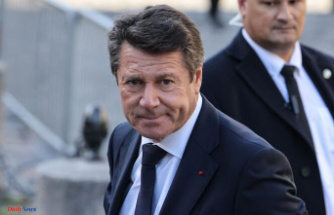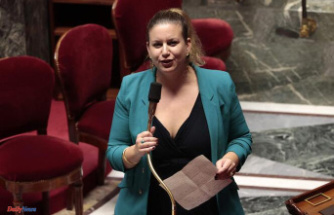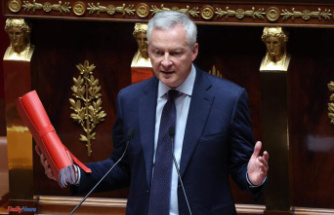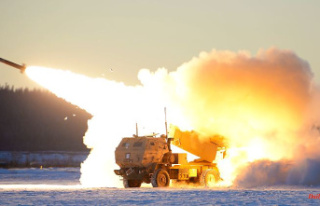Following the setbacks by the Russian army in Ukraine, Russian President Vladimir Putin has threatened to resort to "all means" in the war. This raises fears that a nuclear weapon could be used for the first time since 1945. Russia is the world's largest nuclear power. An overview of possible scenarios:
What could a Russian nuclear attack look like?
According to experts, Moscow would probably use one or more tactical nuclear bombs. These are weapons with an explosive force between 0.3 and 100 kilotons. For comparison, the US's largest strategic warhead has a yield of 1.2 megatons, and Russia tested a 58-megaton bomb in 1961. Tactical bombs are designed for limited effect on the battlefield, unlike strategic nuclear weapons that can wipe out entire regions. But even smaller nuclear explosives can be devastating: the atomic bomb that the USA dropped on Hiroshima in 1945 had only 15 kilotons.
Moscow could detonate a tactical nuclear weapon high over Ukraine or the Black Sea, writes James Cameron of the Oslo Nuclear Project in the Washington Post. A drop in a sparsely populated area or a military facility is also conceivable - with the aim of persuading Kyiv to capitulate and splitting its allies.
What could trigger a nuclear strike?
Putin has indicated that he would use nuclear weapons in the event of a threat to Russia's territorial integrity. It remained unclear whether this also includes areas such as Crimea, which was annexed in 2014, or the Russian-controlled regions in Ukraine, which Moscow now wants to incorporate by referendum. For Mark Cancian of the Center for Strategic and International Studies in Washington, the ambiguity in Putin's statement means that Donbass and Crimea are not included. "There's no point in making such a vague threat if people aren't sure if they're really threatened or not," Cancian says. So far, the US government has observed no movements of nuclear weapons.
How would the West react?
The West has not yet made clear how it would react to a tactical nuclear strike. On the one hand, the United States and NATO do not want to appear weak, but on the other hand they want to prevent the war in Ukraine, which is not a NATO member, from escalating into a global nuclear war.
The US government has been trying to avoid an escalation since the beginning of the Russian invasion: NATO forces are not fighting in Ukraine, and the weapons supplied to Kyiv are not suitable for attacking Russian territory. According to information from the "Washington Post", the US government has been trying to dissuade Moscow from using nuclear bombs in recent months by sending private messages to representatives of Russia.
Should the Kremlin nevertheless fire nuclear weapons, the US government would have to react decisively. Otherwise, other countries like China could be tricked " into believing that nuclear weapons will help them achieve their goals without serious consequences," says Matthew Kroenig of the Scowcroft Center for Strategy and Security in the US. Washington could respond with a conventional attack on Russian forces or the military base that launched the nuclear strike, and increased military aid to Ukraine, says Kroenig, a former Pentagon adviser.












